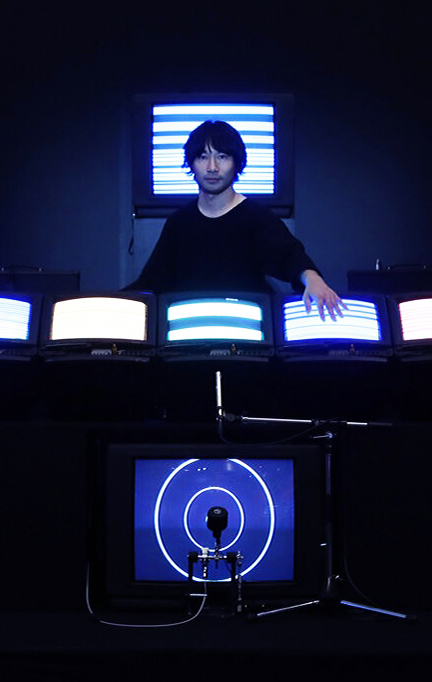
DANIEL BUREN
دانيال بورين
丹尼尔·布伦
다니엘 뷰렌
ダニエル·ビュラン
ДАНИЭЛЬ БЮРЕН
Daniel Buren a french conceptualist who is well known for his trademark work with stripes is oftentimes referred to as an abstract minimalist.
Challenging the conventional methods of displaying and presenting art, Buren gained notoriety at his first solo exhibition in 1968 when he glued green and white striped materiel to the exterior door of the Apollinaire Gallery in Milan. With a philosophy of reducing art into its more elemental forms while exploring the impact of repetitive motifs, his work with pattern, form and color draws attention to the surrounding environment and architectural framework rather than combating it. Instead of rejecting the environment in which his installations are produced, Buren integrates his art with the space and changes the fundamental nature of the space itself.

